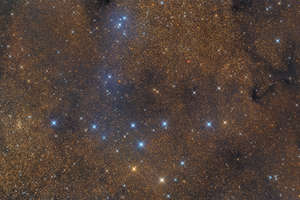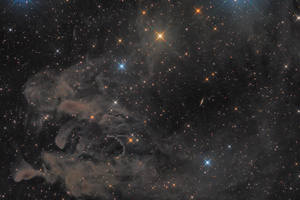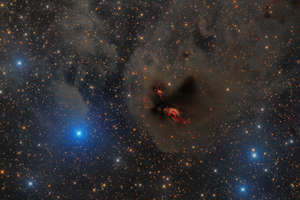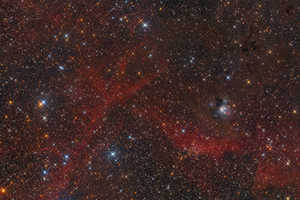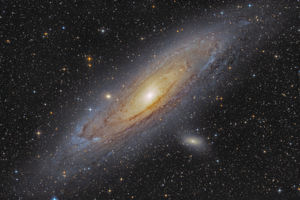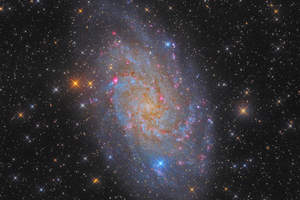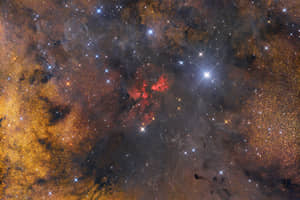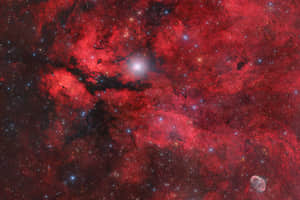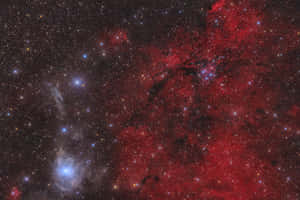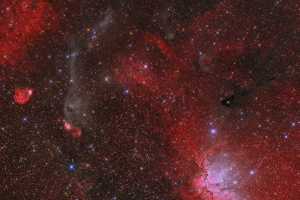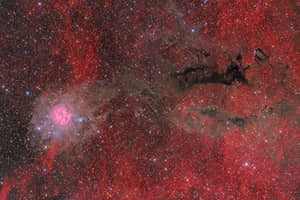Distant Lights
Astrophotography
by Thomas Henne
Welcome
Looking to the sky in a clear night we can see thousands and thousands of stars.
But, invisible to the human eyes, there is something more between the stars - Distant galaxies, gas and dust clouds, star clusters - most of them are too dim to be observed, they can only made visible by photography.
Astrophotography is very complex and is completely different to normal daylight photography. It involves a lot of equipment, patience and knowledge on image processing. The photographed objects are extremely faint and therefore have to be exposed for a very long time to reveal their structures and colours. Exposure times of 20 hours or more over several nights are not uncommon. Due to earth rotation the telescope must constantly and evenly track the celestial objects. In the final step the images must be processed on a computer with special software.
Almost all of my images were taken from my home observatory in Zellerndorf, Lower Austria and processed by me.
I would like to invite you to browse through my website and enjoy my images of our universe.
Favourite images
Here are some of my, I think, most beautiful and remarkable images I have taken over the years:
For imaging I have used different cameras and telescopes.
Currently I use a 10" Newtonian Astrograph, different correctors and a Direct Drive Mount DDM60 from
and a CCD-camera from
More details on my equipment page
News
17. 10. 2023
The star-forming region Sh2-26 (Westerhout 40)
2 x 2 mosaic with ASA 10" Astrograph and
Moravian G3-16200
30. 09. 2023
In The Heart Of Cygnus
4 x 4 mosaic with ASA 10" Astrograph and FLI ML8300
19. 03. 2023
Stock 23, Sh2-202, vdB 14 and vdB 15
a 9-panel mosaic with ASA 10" Astrograph, FLI ML8300 and Canon 500D
05. 03. 2023
The Open Star Clusters King 10, King 18 and surrounding area
4-panel mosaic with ASA 10" Astrograph and Moravian G3-16200
20. 10. 2022
IC 5146 and Barnard 168 - a 2-panel mosaic
ASA 10" Astrograph and Moravian G3-16200
For best viewing adjust your monitor in contrast and brightness to see all the different grey levels

